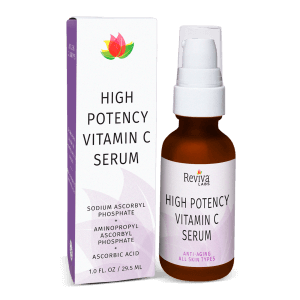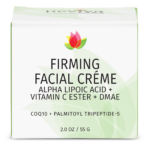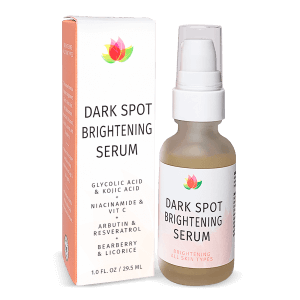Ingredients, Reviva Labs, Skin Care
Exploring the Most Stable Form of Vitamin C for Skincare
Vitamin C, a powerhouse ingredient in skincare, offers a range of benefits, from brightening the complexion to boosting collagen production. Yet not all forms of vitamin C are created equal. The stability of this vitamin plays a crucial role in its effectiveness. Understanding the most stable form of vitamin C can help consumers make informed choices for their skincare routines.
The Importance of Stability in Vitamin C
When incorporated into skincare products, vitamin C is highly sensitive to light, heat, and air. These elements can degrade the vitamin, reducing its potency and, consequently, its effectiveness. A stable form of vitamin C ensures that the ingredient remains effective throughout the product’s shelf life. This stability is essential for delivering the desired skincare benefits consistently.
Ascorbic Acid: The Gold Standard
L-ascorbic acid is the purest form of vitamin C and is renowned for its potency. It penetrates the skin effectively, providing antioxidant protection and promoting collagen synthesis. However, ascorbic acid is also highly unstable. It oxidizes quickly when exposed to air and light, which can turn the product brown and reduce its efficacy. To combat this, formulations often include stabilizing agents, and packaging in opaque, airtight containers is essential. Despite its instability, many dermatologists and skincare enthusiasts consider ascorbic acid the gold standard due to its proven results.
Magnesium Ascorbyl Phosphate: A Stable Alternative
Magnesium ascorbyl phosphate (MAP) is a derivative of vitamin C that offers greater stability. Unlike ascorbic acid, MAP is water-soluble and less likely to degrade when exposed to light and air. This stability allows MAP to be included in a variety of formulations without losing its effectiveness. Additionally, MAP is gentle on the skin, making it suitable for individuals with sensitive skin. While it may not be as potent as ascorbic acid, MAP still provides excellent antioxidant protection and supports collagen production, making it a popular choice for many skincare products.
Sodium Ascorbyl Phosphate: A Gentle Option
Another stable form of vitamin C is sodium ascorbyl phosphate (SAP). Like MAP, SAP is water-soluble and stable in formulations. It is particularly known for its ability to convert into ascorbic acid once it penetrates the skin, providing the benefits of vitamin C without the instability. SAP is effective in reducing acne and brightening the skin, making it a versatile ingredient in skincare. Its gentle nature also makes it suitable for those with sensitive or acne-prone skin.
Ascorbyl Glucoside: Stability with a Boost
Ascorbyl glucoside is a form of vitamin C that combines ascorbic acid with glucose, resulting in a highly stable compound. This stability allows ascorbyl glucoside to maintain its efficacy over time, providing consistent benefits. Once applied, enzymes in the skin break down ascorbyl glucoside into pure ascorbic acid, delivering a potent dose of vitamin C. This form is often praised for its ability to brighten the skin and reduce signs of aging. Its stability and effectiveness make it a favored ingredient in many high-quality skincare products.

Tetrahexyldecyl Ascorbate: Oil-Soluble and Stable
Tetrahexyldecyl ascorbate (THD ascorbate) is an oil-soluble form of vitamin C known for its exceptional stability. Unlike water-soluble forms, THD ascorbate can penetrate the lipid-rich layers of the skin more effectively. This deep penetration allows for enhanced collagen production and antioxidant protection. THD ascorbate is also less irritating than ascorbic acid, making it suitable for sensitive skin. Its stability and ability to deliver long-lasting benefits have made it a standout ingredient in the realm of vitamin C derivatives.
Clinical Evidence and Consumer Preferences
Studies have shown that different forms of vitamin C can vary significantly in their effectiveness and stability. A study published in the Journal of Clinical and Aesthetic Dermatology highlighted that while ascorbic acid is the most potent form, its instability can be a major drawback. On the other hand, derivatives like MAP and SAP provide more stability, ensuring that the vitamin C remains effective throughout the product’s use.
Consumer preferences often lean towards stable forms of vitamin C that offer prolonged efficacy without the risk of oxidation. According to a survey by Kline & Company, 43% of consumers prioritize stability in their skincare ingredients, indicating a significant demand for stable vitamin C derivatives. Source.
Choosing the Right Form of Vitamin C
Selecting the most stable form of vitamin C for your skincare routine depends on your specific needs and skin type. For those seeking maximum potency and immediate results, ascorbic acid may be the preferred choice, provided it is stored and handled correctly. For individuals with sensitive skin or those looking for a more stable option, derivatives like MAP, SAP, and ascorbyl glucoside offer excellent alternatives. Tetrahexyldecyl ascorbate provides a unique oil-soluble option that penetrates deeply and remains stable over time.
Understanding the stability of vitamin C in skincare is crucial for achieving optimal results. Whether you opt for the pure form of ascorbic acid or one of its stable derivatives, incorporating vitamin C into your skincare routine can help achieve a brighter, more youthful complexion. By choosing a stable form, you can ensure that your skin reaps the full benefits of this powerful antioxidant.









